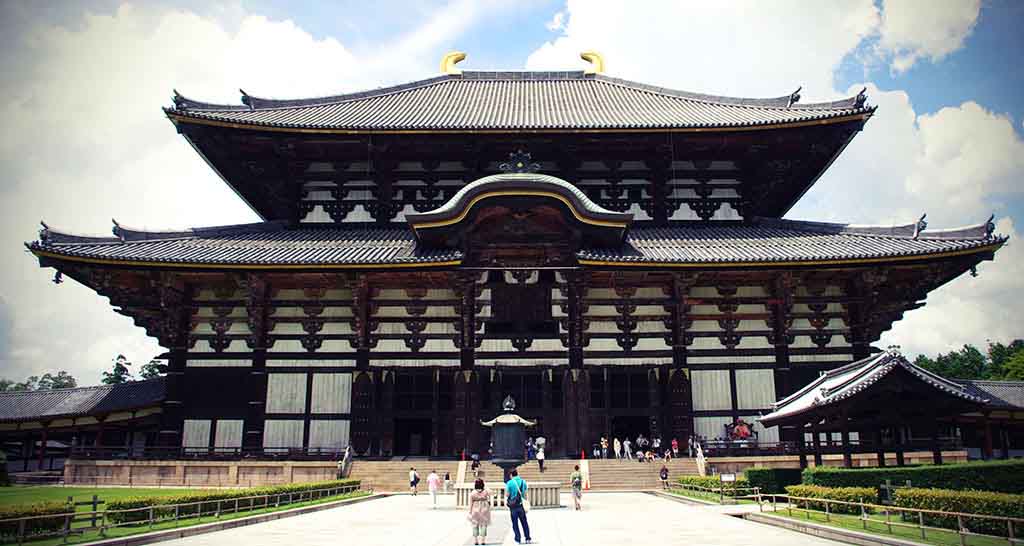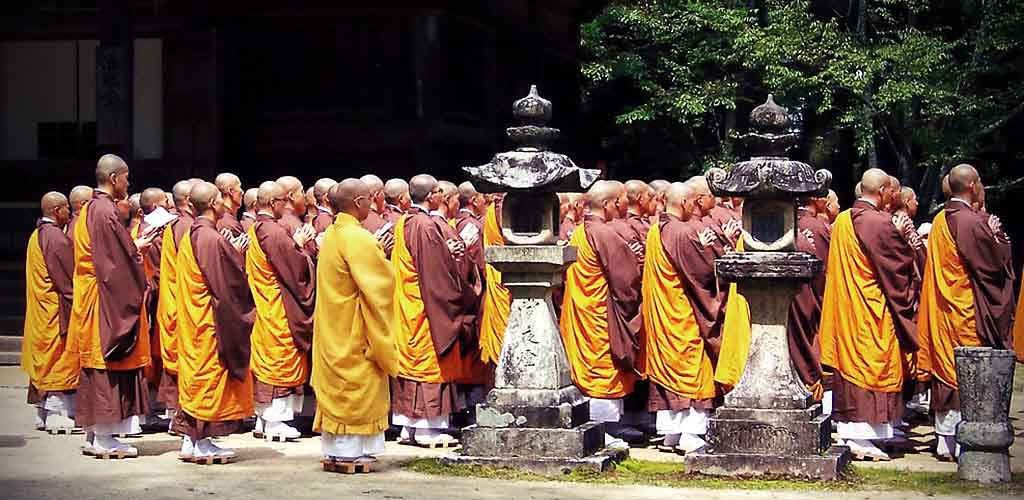UNESCO World-Heritage Mont Koya provides a third aspect of what not to miss in Japan—Zen Buddhism at the heart of Japanese Culture. In Mount Koya, experience this on a deeper level than only wandering temples in Kyoto and Tokyo. Mount Koya, rather, is a place that feels very much off-the-grid in Japan. In Koya, hike pilgrimage trails, wander the atmospheric Okuno-in cemetery in the morning mist (or at night by the light of a lantern), spend the night in a temple lodging (Shukubô) while sampling delicious shojin ryori (Buddhist vegetarian cuisine), witnessing a morning prayers, explore the sublime collection of open-space monasteries and gardens, strolling along with a local monk as your guide who will teach you about guru Kobo Daishi and lifestyle of the monks who reside there. The main town, Kôyasan, contains 117 temples, 53 of which provide lodging for pilgrims and other travelers . Each of these temples offers unique accommodations featuring magnificent gardens and Buddhist vegetarian cooking, including wild edible plants from the region, as well as Kôyasanʼs renowned goma-tofu.
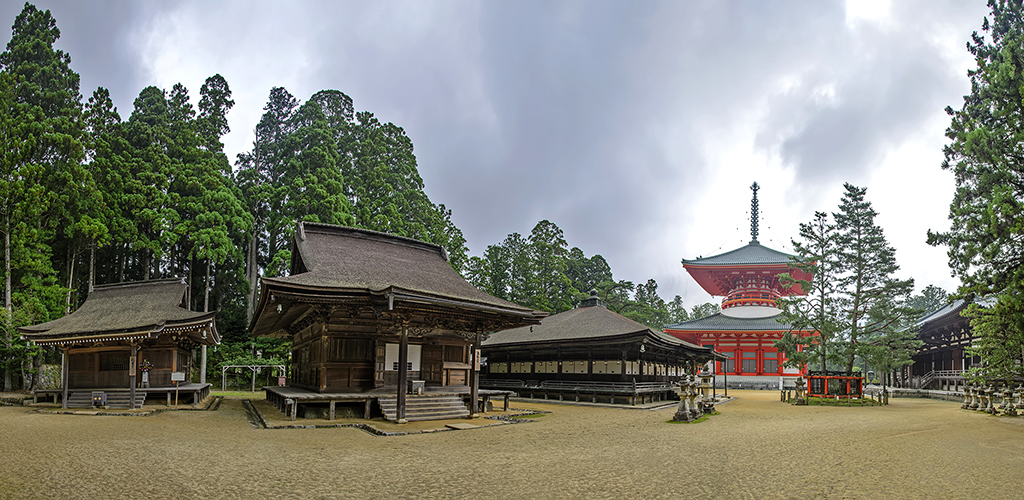
About Mount Kōya
Mount Kōya is the sacred center of Shingon Buddhism, an all-important Buddhist sect introduced to Japan in the year 805 by Kobo Daishi (also known as Kukai), who remains one of Japan's most significant religious figures. Learn why at the heart of Japan's history and culture lies Zen Buddhism during this visit to Kōya that will provide a glimpse into this all-important facet of Japanese culture. A small, secluded Zen temple town—Kōyasan—has developed around the sect's headquarters that Kobo Daishi built on Mount Kōya's thickly-wooded mountaintop. It is also the site of Kobo Daishi's mausoleum and the start and end point of the Shikoku 88 Temple Pilgrimage hike. Kobo Daishi began construction on the original Garan temple complex in 826 after wandering the country for years in search of a suitable place to center his religion. Since then over a hundred temples have sprung up along the streets of Kōyasan. The most important among them are Kongobuji, the head temple of Shingon Buddhism, and Okunoin, the site of Kobo Daishi's mausoleum.
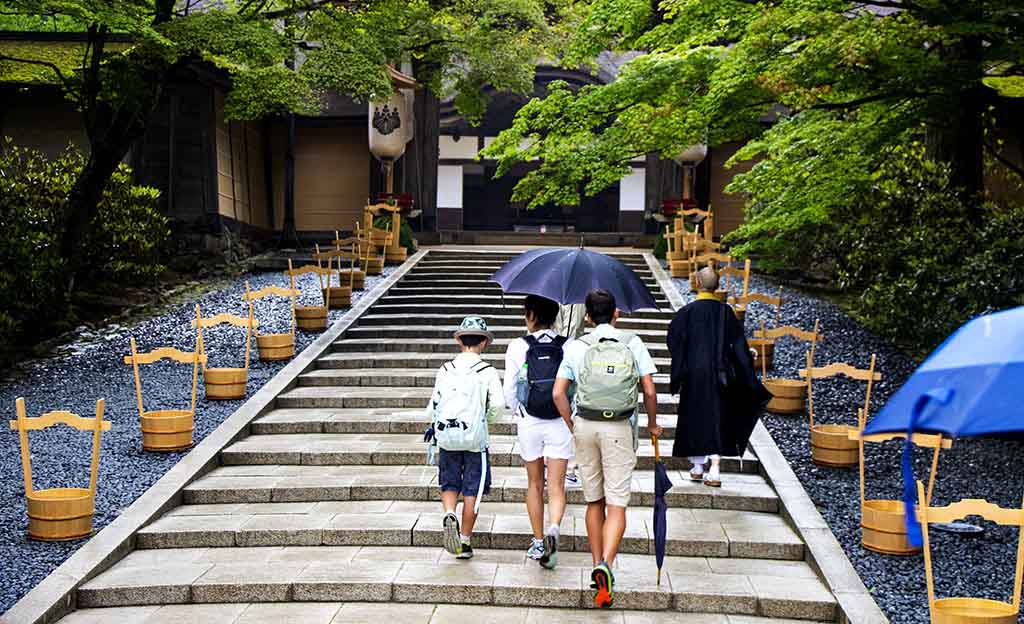
Highlights of Mount Kōya
- A quieter, more authentic, and far less busy destination in Japan, largely bypassed by other travelers.
- Unlike Kyoto, or temples and parks elsewhere, there are no fences or seperation of temples which are scattered around the forest connected by trails.
- Experience temple lodging (shukubô) as pilgrims do, hosted by resident monks, enjoying shojin ryori—traditional Buddhist vegetarian meals.
- Witness the rituals and everyday lives of the monks in this sacred place.
- Japan's largest rock garden, Banryūtei, is relatively unknown, a place to enjoy a tranquil Zen garden away from crowds.
- Japan's largest cemetary,
Okuno-in, siutated within sublime setting surrounding by a picturesque cedar forest.
-
Torodo Hall: The Hall of Lamps in Okuno-in is illunated by over 10,000 lanterns, a stunning sight.
- Scenic short strolls through the forest or longer hikes around the mountains ancient pilgrimage trails.
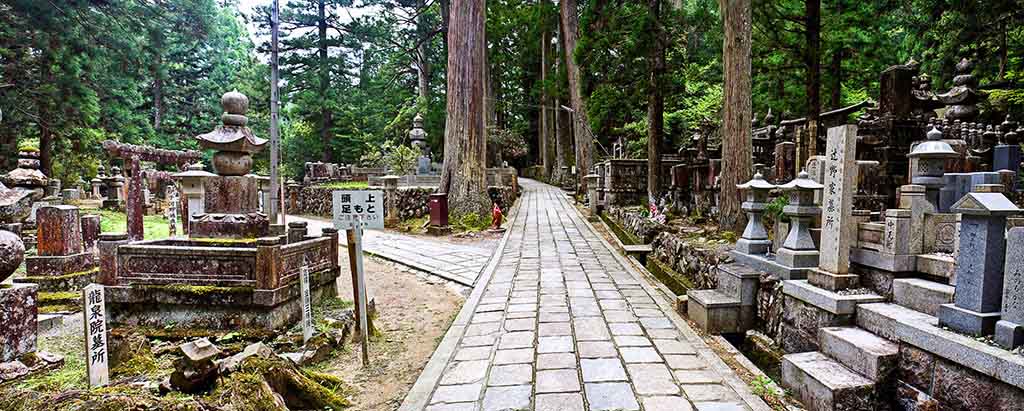
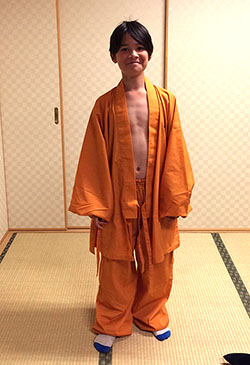 Mount Kōya Itinerary
Mount Kōya Itinerary
After arrival in Kōyasan, meet with your monk guide over tea for orientation and then begin exploring the serene forested setting, including temples and gardens throughout the afternoon. In the evening, enjoying an overnight stay in temple lodging (shukubo) where we can experience a monk's lifestyle, dining on a complex monk's vegetarian dinner (Shojin ryori), including Sesame Tofu (Goma-dofu), a local specialty.
Early this morning, rising to witness your host monks chanting ritual prayer before serving breakfast (at about 6:00 AM). Following breakfast, strolling along the bucolic footpaths through Okunoin cemetery featuring over 200,000 ancient tombstones lining the almost two-kilometer long approach to Kobo Daishi's (Kukai) mausoleum. The solemn and often deserted setting is captivating before or after busy Kyoto.
Balance of day sightseeing, hiking, and exploring Mount Kōya's highlights with afternoon time for an onsen soak.
Choishi-Michi Pilgrimage Trail
Kōyasan has been a popular pilgrimage destination for centuries, connected to the outside world by an ancient network of well-trodden pilgrimage trails that stretches across the mountainous of the Kii Peninsula known as Kumano Kodo. While most visitors now travel to Mount Koya by rail and mountain by cable car, if you're hiker you should consider one of these trails—the magnificent World Heritage Choishi Michi trail. From the Kudoyama station in Wakayama to Kōyasan is a moderate hike of 14.5 miles long (24 kilometers) and be completed in 6-7 hours (with about 800 meters elevation, most of that climbing is in the first three miles). Stone signposts (or “chôishi”) set at 109-meter intervals to guide your way. Note: the trip may be shortened by two hours or four hours, respectively, by starting from the alternate trail heads at Kami-Kosawa or Kii-Hosokawa Stations, or a much shorter 2.5 kilometer hike to Kōyasan from Gokurakubashi cable car station (see map). Note: the most demanding of the four main Kumano Kodo pilgrimage trails and most picturesque, Kohechi, starts from Kōyasan. A remote and strenuous route winds over steep peaks and mountain passes, reaching over 1,000 meters high, and covering forty miles in length. For those interested in more moderate hiking around Kōyasan, see the section below.
![]() View 23.5 kilometer Choishi Michi pilgrimage trail map (PDF)
View 23.5 kilometer Choishi Michi pilgrimage trail map (PDF)
![]() Kumano Kodo Maps & Travel Information
Kumano Kodo Maps & Travel Information
Hiking Kōyasan
Kōyasan offers scenic short strolls, but also longer walks and hiking around the pleasant surrounding the cedar forests. The larger loop below is about 10 miles, though you may stroll only portions of it per your preference.
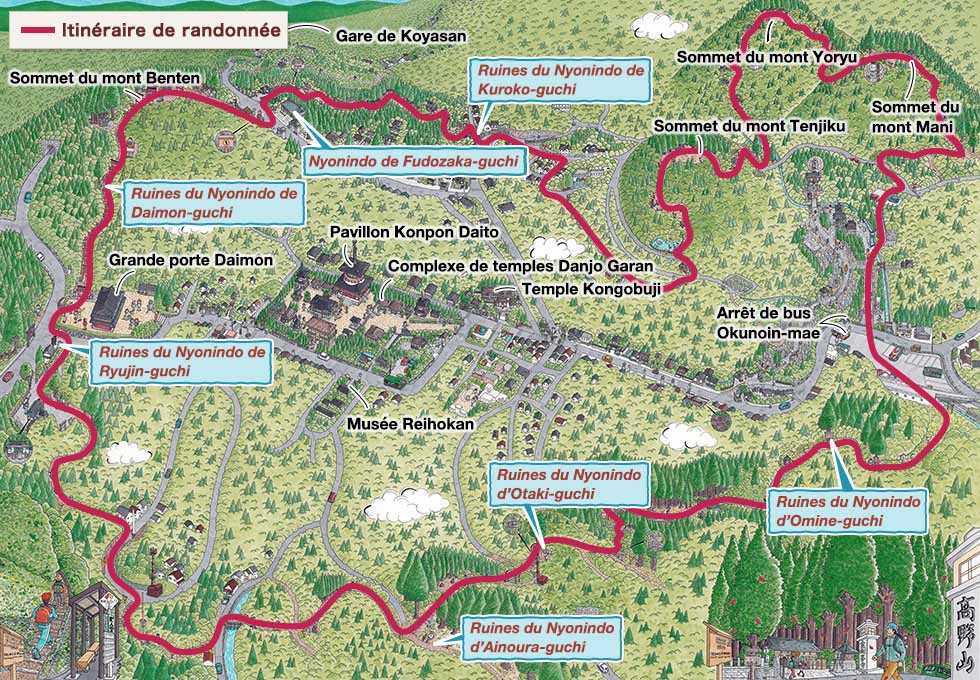
Accommodation in Kōyasan
Overnight in a traditional monastery or "temple lodging" (called Shukubo) is a highlight of a visit to Mount Koya. The monasteries are occupied and fully-managed by local monks.
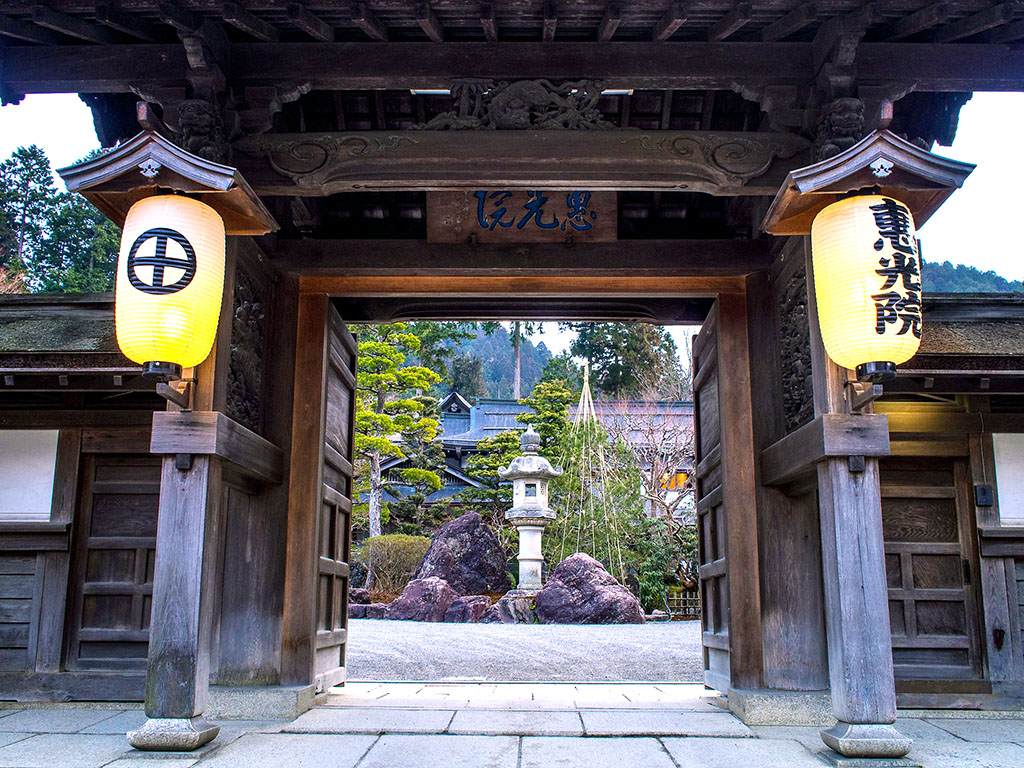
During your visit, enjoy a delicious vegetarian breakfast and dinner prepared by the monks served in kaiseki style—traditional multi-course Japanese dinner—a Buddhist meal called Shojin-ryori.
Temple Lodging (Shukubo) in Kōyasan
It is customary in Japan's pilgrimage destinations for visitors to stay temple lodgings (known as shukubō in Japanese), offering a unique opportunity to experience the simple and traditional lifestyle of Buddhist monks. One of the best places in Japan to experience a stay at a temple is Koyasan, which has over 50 temples that serve as shukubo. Unlike other areas of Japan, the temples in Koyasan are accustomed to foreign guests and includes dinner and breakfast, and other amenities.
Temple lodgings features traditional Japanese rooms with tatami floors, sliding fusuma doors, and shared toilet and sink facilities. Futons are provided for bedding and gas heaters are available during the winter months. Vegetarian dinner is prepared and served by resident monks, and variety of unique dishes such as konnyaku, yuba, and koyadofu.
In the morning, guests are welcome to participate in the temple's prayer services, which generally begin at 6:00 am and last for 30-45 minutes. Breakfast is served around 7:00 am and some temples also offer meditation sessions in the late afternoon. During your stay, you can explore the temple's cultural treasures, halls, and gardens, as well as take advantage of the communal, gender-separated baths.
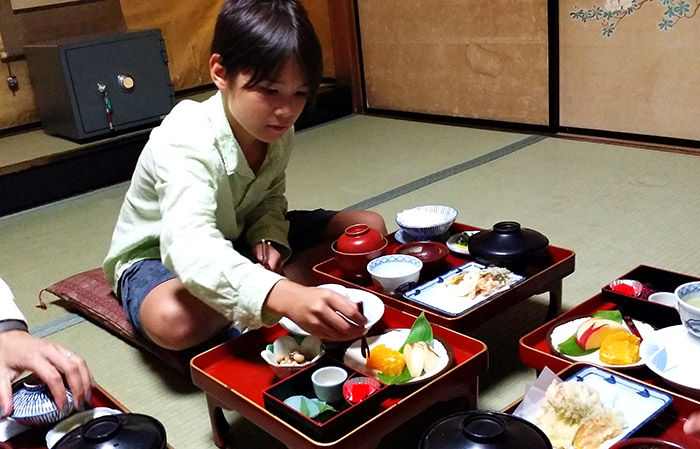
After Kōya, on the transfer to Kyoto overland, our driver and guide will transfer you to Nara for lunch and visiting the massive Odaiji Golden Hall (below), the largest wooden temple in the world and symbol of Nara. Surrounding the temples is the famed Nara Park known as "deer park," one of the oldest parks in Japan where deer roam freely, considered to be spirits of ancestors.
